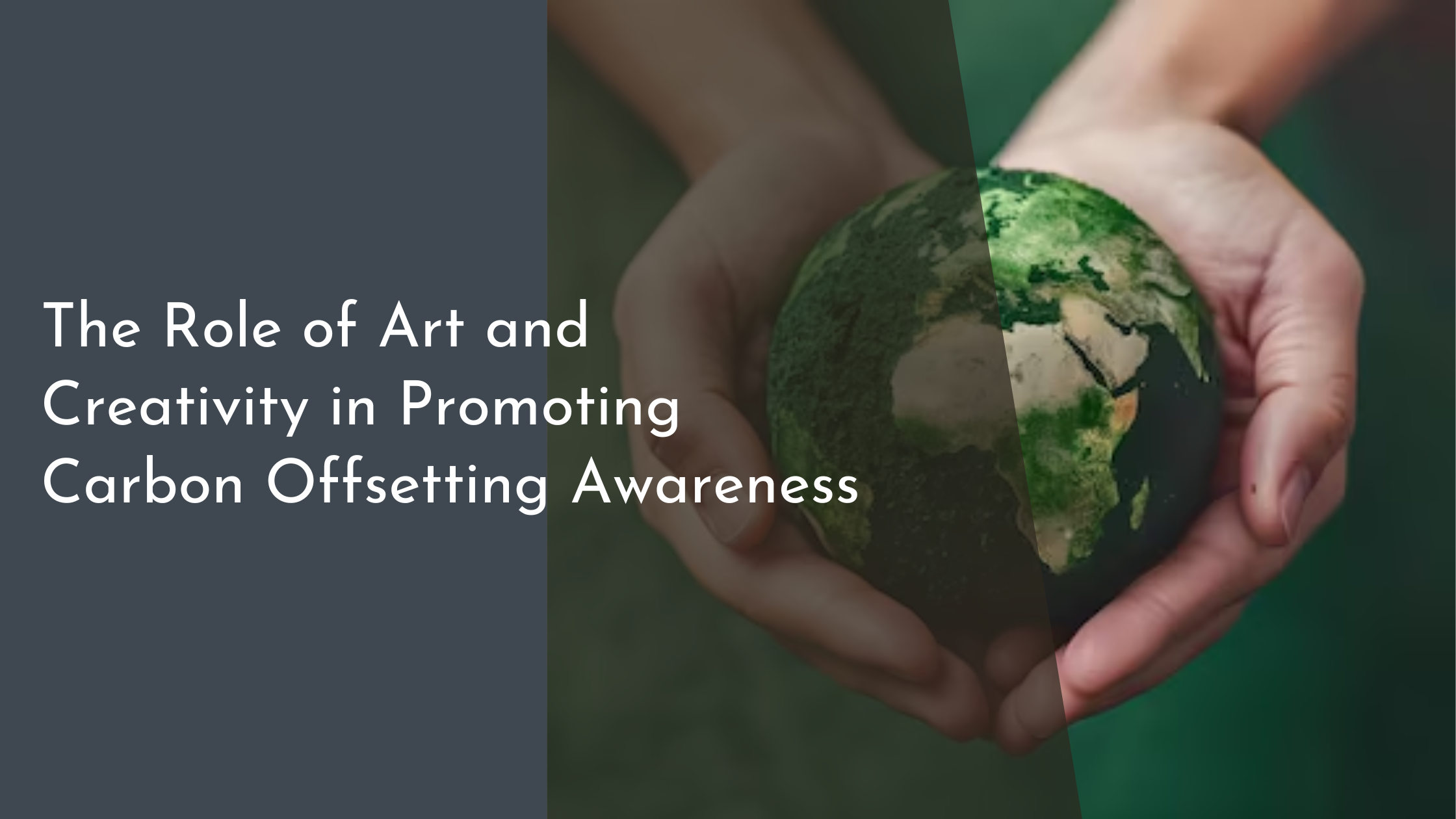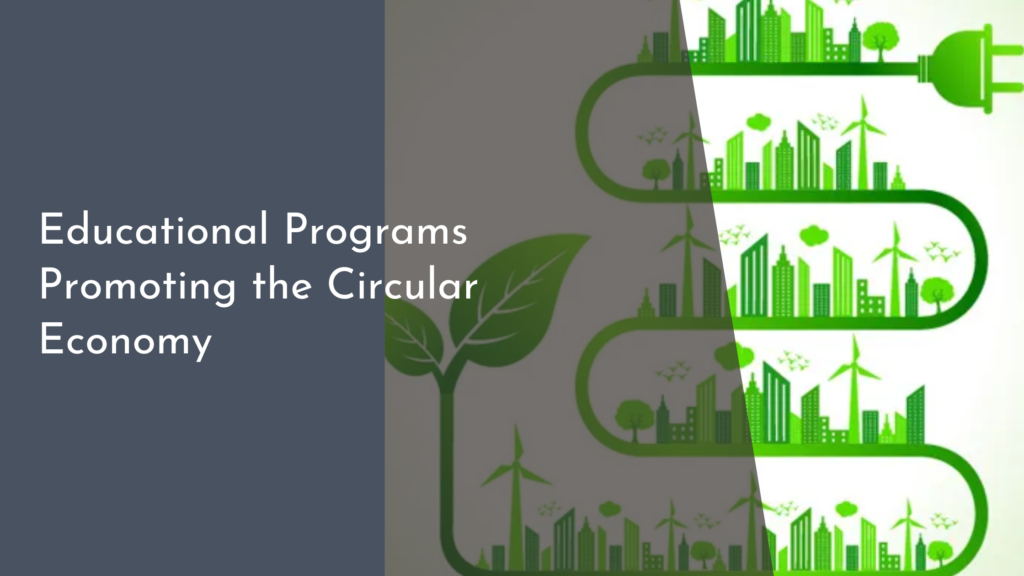The Role of Art and Creativity in Promoting Carbon Offsetting Awareness
In the quest to combat climate change, the role of art and creativity has become an invaluable asset in raising awareness and driving action, particularly when it comes to carbon offsetting. By incorporating artistic expression, creative methods, and innovative practices, artists are making significant strides in conveying the urgency of environmental challenges. This article delves into how art influences environmental consciousness, showcases creative approaches to promote carbon offsetting, highlights artists leading the green movement, and underscores art’s potential as a catalyst for climate action.
Exploring Art’s Impact on Environmental Awareness
Art has long been a powerful medium for communication, capable of transcending linguistic and cultural barriers to convey complex ideas. When it comes to environmental awareness, art serves as a bridge between scientific data and public perception. Through visual storytelling, artists can depict the stark realities of climate change and the importance of carbon offsetting, making these concepts more tangible and relatable. Whether through evocative paintings, thought-provoking installations, or immersive digital experiences, art has the potential to capture the public’s imagination, fostering a deeper understanding of environmental issues.
Moreover, art can provoke empathy and inspire change by highlighting the beauty and fragility of the natural world. Artists often focus on showcasing the interconnectedness of ecosystems and the impact of human activity on the planet. This emotional engagement can motivate individuals to take meaningful action, such as supporting carbon offsetting initiatives. By presenting compelling narratives and visuals, art encourages people to reflect on their relationship with the environment and consider how they can contribute to a more sustainable future.
Creative Methods that Encourage Carbon Offsetting
Innovative approaches are emerging in the art world to promote carbon offsetting and environmentally sustainable practices. One such method is the integration of interactive art installations that engage audiences in critical thinking about their carbon footprint. These installations often use technology to visualize the impact of individual actions, encouraging participants to consider how they can offset their emissions. By involving audiences in the artistic process, these projects foster a sense of personal responsibility and empowerment in combating climate change.
Additionally, collaborations between artists and environmental organizations have given rise to initiatives that blend creativity with activism. These partnerships often result in public art campaigns that raise awareness about carbon offsetting and sustainable practices. For instance, murals, sculptures, and street performances can serve as powerful tools for communicating messages about carbon neutrality. These creative endeavors not only capture public attention but also create opportunities for dialogue and education about climate solutions, encouraging communities to engage in carbon offsetting efforts.
Artists and Innovators Leading the Green Movement
Numerous artists around the world are pioneering efforts to use their craft as a vehicle for environmental change. Olafur Eliasson, a renowned Danish-Icelandic artist, is known for his large-scale installations that explore climate and ecological themes. His work often emphasizes the urgent need for carbon offsetting and sustainability, urging audiences to reconsider their impact on the environment. Eliasson’s projects, such as the “Ice Watch” installation that displayed melting ice blocks in public spaces, are designed to provoke contemplation and inspire collective action.
Similarly, the intersection of art, technology, and environmentalism is exemplified by innovators like Natalie Jeremijenko, whose projects encourage public engagement with ecological concerns. Jeremijenko’s work often involves interactive installations and participatory experiments that bring attention to carbon footprints and sustainable practices. Through her initiatives, she empowers individuals and communities to take proactive steps toward carbon offsetting and environmental stewardship. These artists and innovators, among many others, are driving the green movement by using their talents to promote awareness and inspire change.
Conclusion: Art as a Catalyst for Climate Action
Art has proven to be a dynamic and influential force in raising awareness about the importance of carbon offsetting and climate action. By harnessing creativity and innovation, artists are able to communicate complex environmental issues in ways that resonate with diverse audiences. Their work fosters empathy, understanding, and a sense of urgency, prompting individuals and communities to consider their own role in combating climate change.
In conclusion, the role of art and creativity in promoting carbon offsetting awareness is vital in today’s fight against climate change. As artists and innovators continue to push boundaries and explore new ways of engaging the public, their work serves as a catalyst for meaningful climate action. By bridging the gap between knowledge and action, art not only raises awareness but also inspires individuals to contribute to a more sustainable future. Through creative expression, the potential for positive environmental impact is limitless, offering hope and inspiration for generations to come.


